How It’s Made: Montblanc Writing Instruments
At Montblanc’s headquarters in Hamburg, Germany, making world-class writing instruments is a modern-day pursuit.

At its best, writing is a fine art. A tool for storytelling over the ages, it’s the very basis of advanced societies. It’s fitting, then, that the making of writing instruments is an art itself. And Montblanc has mastered it.

The German manufacturer of timepieces, leather, and writing instruments began making its flagship Meisterstück fountain pen in Hamburg in 1924. With a client base that spans Ernest Hemingway to Queen Elizabeth II to Barack Obama, it’s safe to say that the maison is behind some of the most significant stories and signatures of this century—and for good reason. Montblanc pens are both objets d’art and feats of intricate engineering, requiring great skill, patience, and time to make.
“Our pens are a combination of design, material, and detail,” says creative director Zaim Kamal, a self-described “child of the seventies.” His rock ‘n’ roll and vintage inspirations winningly combine with the technical know-how of Montblanc’s engineers to create innovative pieces. “It truly requires the thinking of an engineer [to design a pen],” Kamal says. “One of the most important things in my process is working together with the manufacturers.”
Such collaboration is key, considering that each pen takes more than 100 assiduous steps to create, and the pen’s nib requires around 35. The nib is the heart of a fountain pen, and Montblanc’s are made from 14- or 18-karat gold. It’s a craft mastered mostly by women, whose expertise lies not only in how a nib is supposed to look but also feel and sound. “I always call it the gestures of familiarity,” Kamal says. “There’s a memory when it comes to gestures. For me, it’s as precise as a ballet dancer.”
Despite the ubiquity of digital communication, Montblanc pens remain as relevant as ever. The company is diligently focused on constant evolution, from aesthetics to efficient technology to the pen’s actual use. (Last year, the company released Augmented Paper, which digitally transcribes handwritten notes.) “Our working steps combine different technologies with handmaking,” says Frank Derlien, the head of the nib department, where custom state-of-the-art machinery balances ages-old manual techniques.
“Every new solution brings a new touch to the writing instrument,” Kamal adds. “It’s always about being non-complacent.” Here, a look inside the nib department, before the ink begins to flow.
Continue Reading: Surfacemag.com
Shop Montblanc Pens today @ KSGILLS.com


![[Appreciation Gifts 2023] KSG set - Double Pen SET - Parker IM Rollerball & Ballpoint Pen - [Various Colours] - KSGILLS.com | The Writing Instruments Expert](http://ksgills.com/cdn/shop/files/WhatsAppImage2023-08-19at3.14.43PM.jpg?v=1764419608&width=900)
![[Appreciation Gifts 2024] KSG set - Double Pen SET - Parker IM Rollerball & Ballpoint Pen - [Various Colours] - KSGILLS.com | The Writing Instruments Expert](http://ksgills.com/cdn/shop/files/ksgills-fathers-day-gift-set.png?v=1764419608&width=1000)
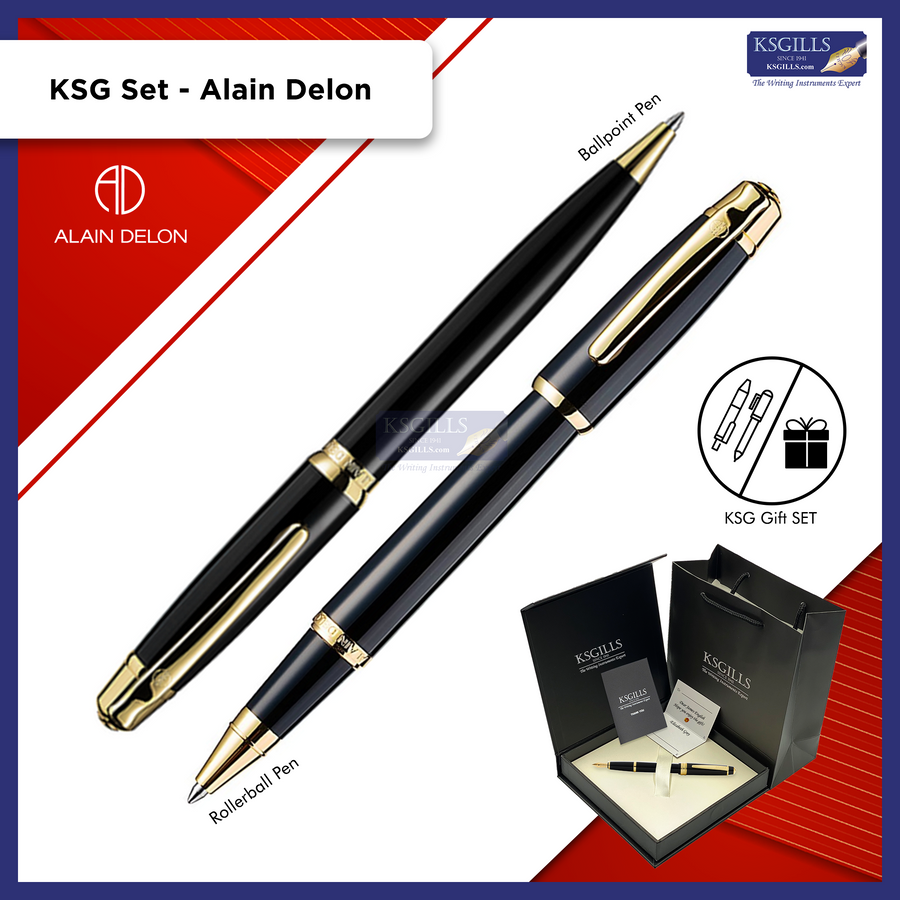
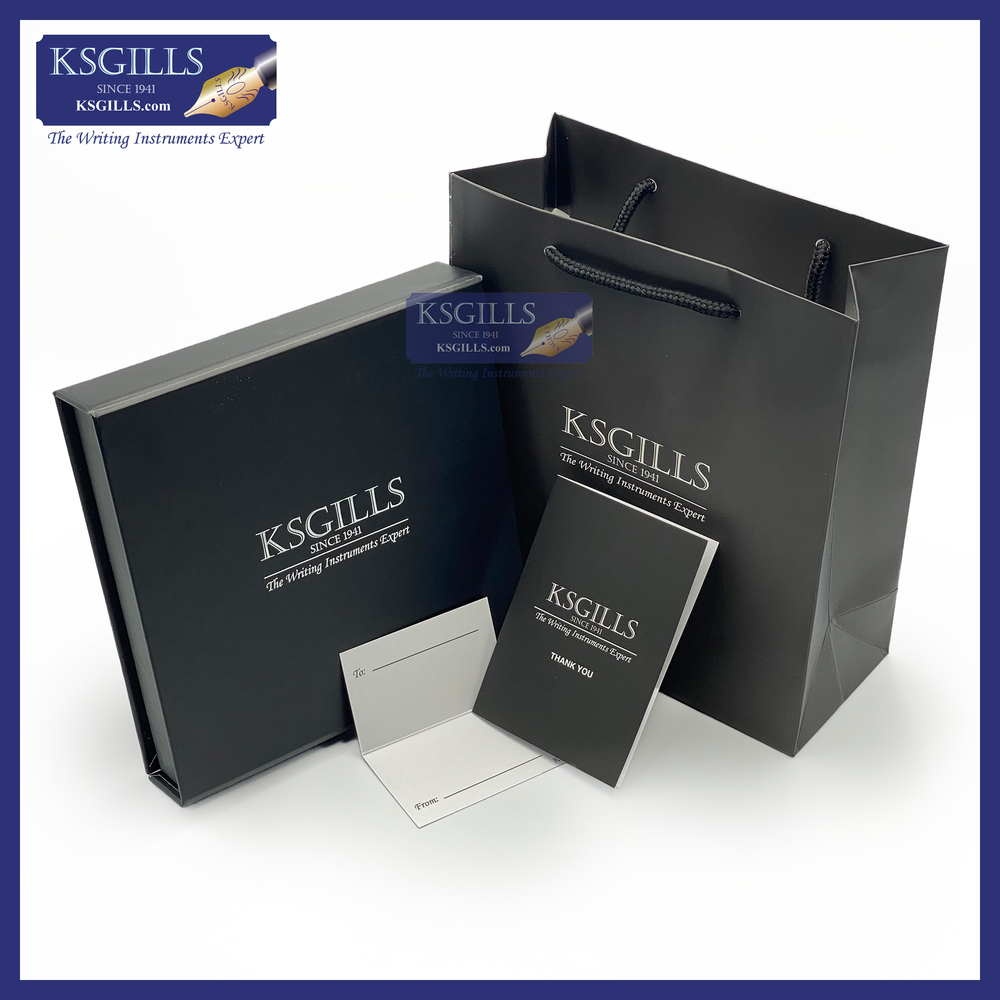

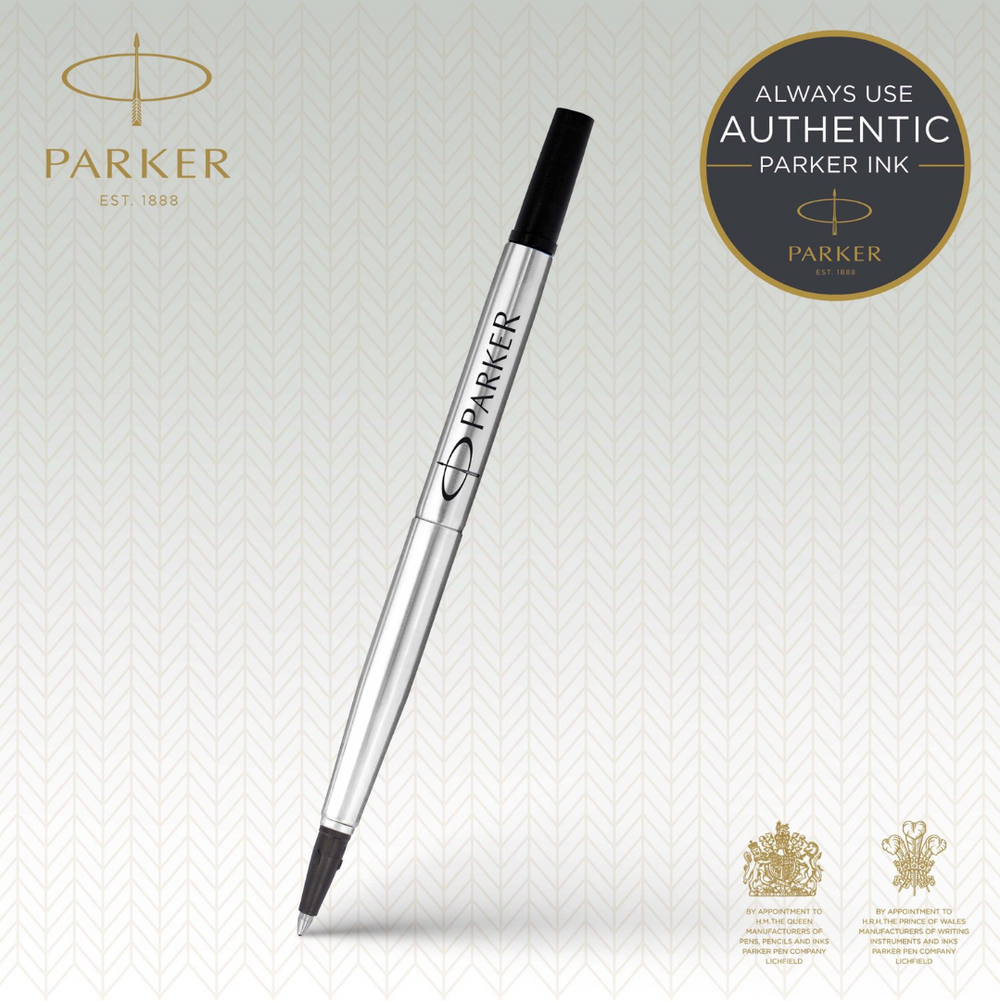
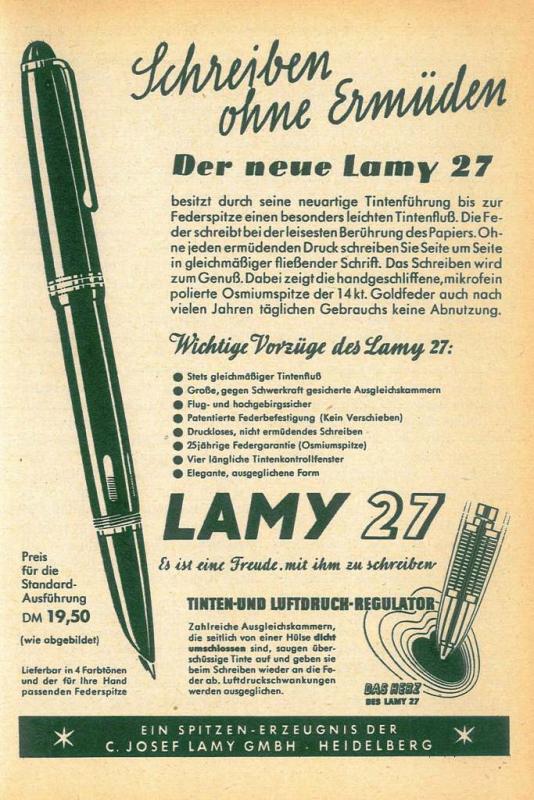
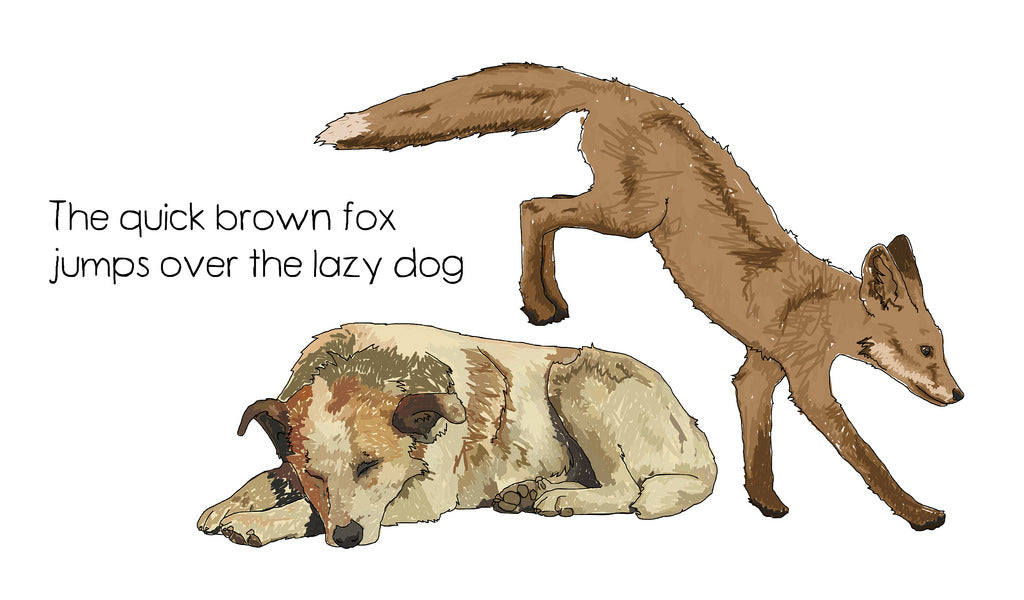
![KSG set - Double Pen SET - Parker IM Fountain & Ballpoint Pen - [Various Colours] - KSGILLS.com | The Writing Instruments Expert](http://ksgills.com/cdn/shop/products/THUMBAIL_KSGGiftSet-ParkerIM-BlackGold-FP_BP-Main.png?v=1659158551&width=900)
![KSG set - Double Pen SET - Parker IM Fountain & Ballpoint Pen - [Various Colours] - KSGILLS.com | The Writing Instruments Expert](http://ksgills.com/cdn/shop/products/BlackGold.png?v=1693741987&width=1000)
Leave a comment